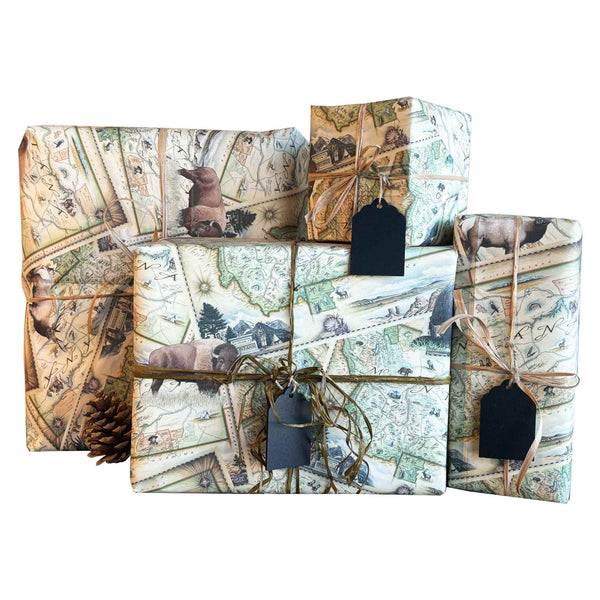Colorado’s Best-Kept Secret: Black Canyon of the Gunnison National Park
The Black Canyon of the Gunnison isn’t usually front of mind when thinking about your next trip to Colorado, but it definitely should be! With its rugged landscapes, awe-inspiring vistas, and rich cultural history, this park promises an unforgettable adventure. Here are a few things you should know before visiting!

Getting There:
For travelers seeking to reach The Black Canyon of the Gunnison National Park from Denver, Colorado, embark on a scenic drive of approximately 4.5 hours. Take I-70 west until you reach the junction with Highway 82, then follow it south to Carbondale. From here, you take Highway 133 to the National Park. Alternatively, for those starting their journey from Grand Junction, head east on Highway 50, and after about two hours, you'll arrive at the park.
Towns to Stay In:
During your visit to The Black Canyon of the Gunnison National Park, you'll find several charming towns that provide convenient bases for exploration. Montrose, located just a short drive west of the park, offers a range of accommodations, from cozy bed and breakfasts to modern hotels. Montrose also has great shopping, with one of our favorite shops being Camelot Gardens.

Campgrounds:
For nature enthusiasts who prefer camping, The Black Canyon of the Gunnison National Park offers two campgrounds within its boundaries. South Rim Campground, open year-round, provides stunning views of the canyon and offers both tent and RV camping options. At North Rim Campground, you can experience the tranquility of nature with limited facilities available on a first-come, first-served basis.
History and Establishment:
The Black Canyon of the Gunnison holds a storied history that spans millennia. Native American tribes, including the Ute, Apache, and Comanche, have called this region home for thousands of years. These tribes revered the canyon's imposing cliffs and considered it a sacred place.
In the late 18th century, Spanish explorers ventured into the area, followed by trappers and traders in the early 19th century. However, it was not until 1933 that The Black Canyon of the Gunnison was established as a national monument. Later, in 1999, it attained national park status to protect its unique geological formations and diverse ecosystems.
Native Tribes of the Area:
Before the arrival of European settlers, the Native American tribes of the Ute, Hopi, and Navajo inhabited the region around the Black Canyon of the Gunnison. These tribes cherished the canyon's natural beauty and recognized its spiritual significance. Exploring the park today offers visitors an opportunity to connect with the ancestral lands of these indigenous communities.

Hiking Trails and Activities:
The Black Canyon of the Gunnison National Park boasts a plethora of hiking trails that cater to various skill levels, allowing visitors to immerse themselves in its breathtaking vistas. Here are a few notable trails to explore:
- North Vista Trail: Starting at the North Rim Ranger Station, this iconic trail follows the rim of the canyon, offering panoramic views and unique vantage points. Choose from shorter segments or embark on the full 7-mile trek.
- Gunnison Route: A challenging hike for experienced adventurers, the Gunnison Route descends into the canyon, providing an up-close encounter with its sheer walls. Remember to obtain a permit from the visitor center before attempting this demanding trail.
- Oak Flat Loop: Perfect for families or those seeking a more leisurely hike, this 2-mile loop meanders through Douglas Fir and chokecherry forest, showcasing the park's diverse flora.













